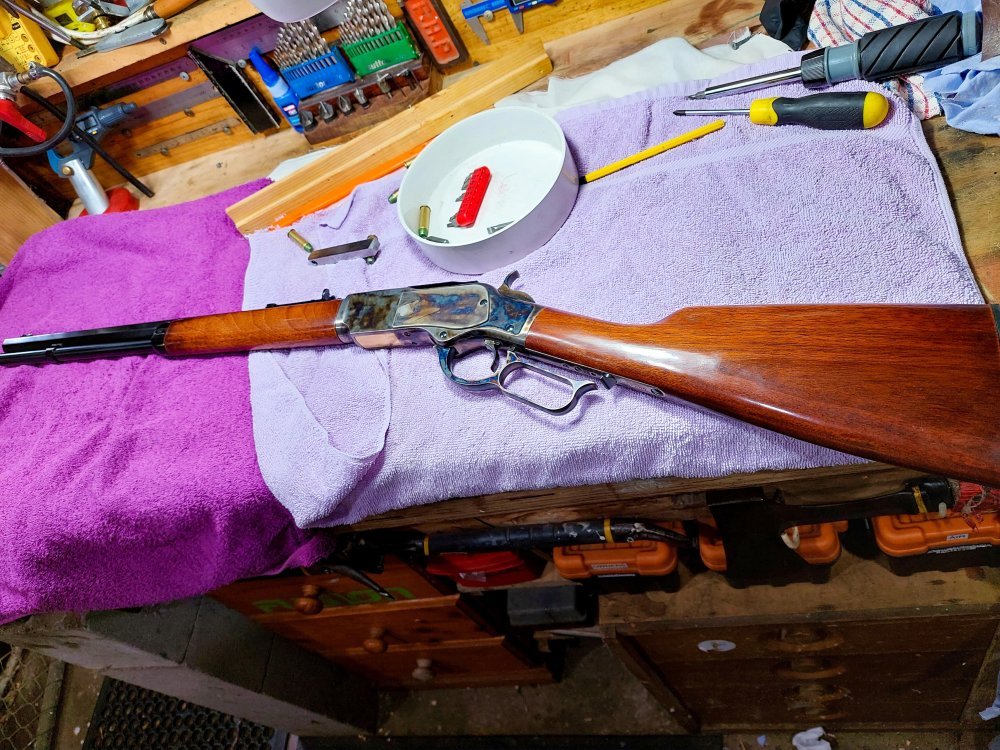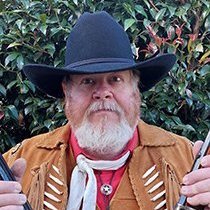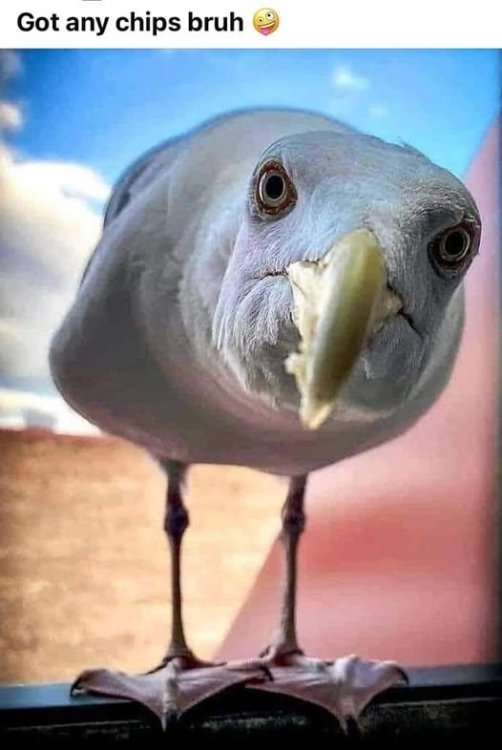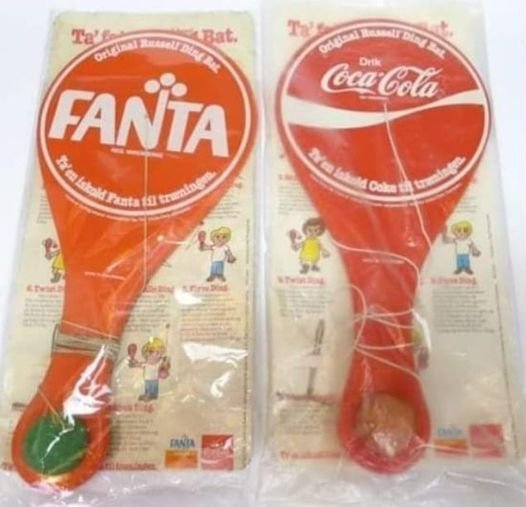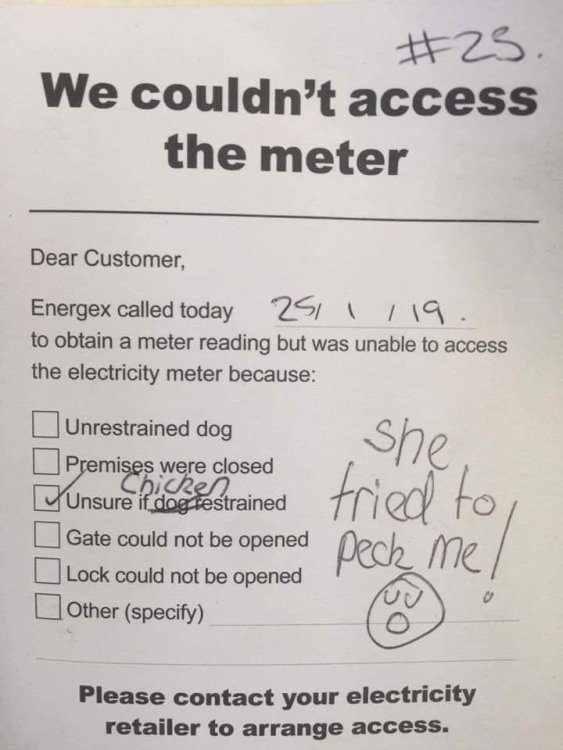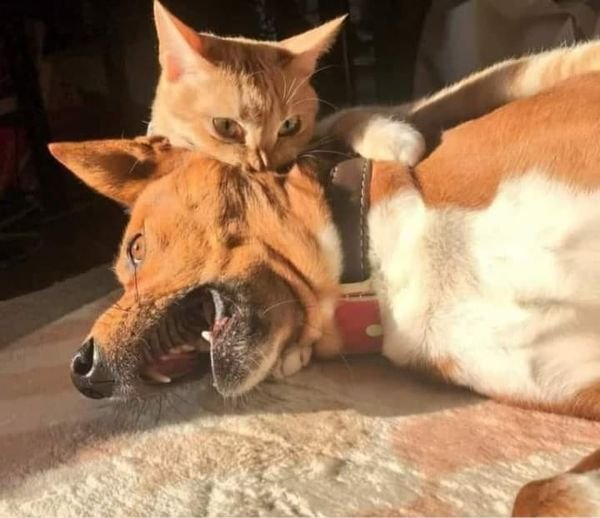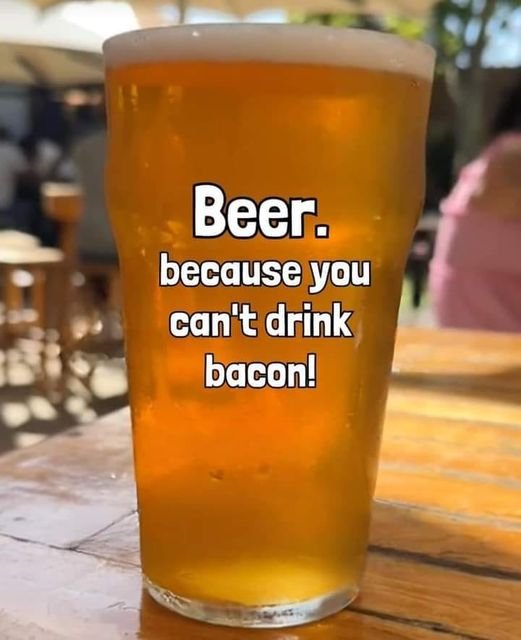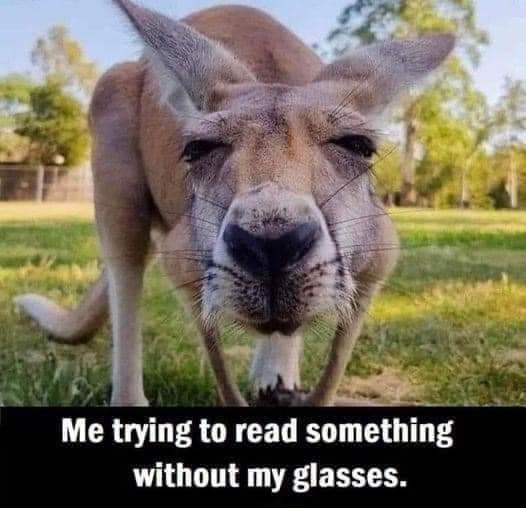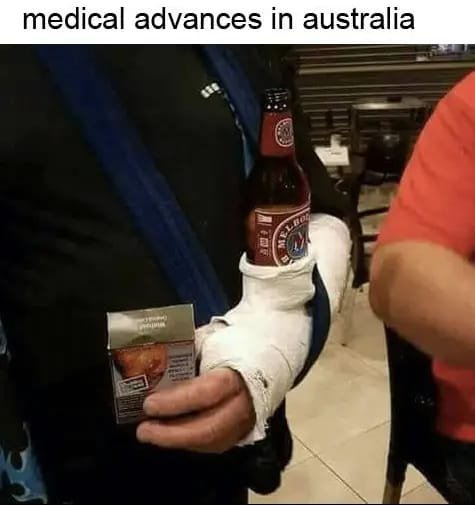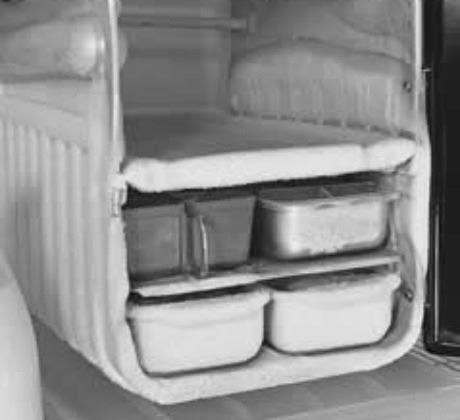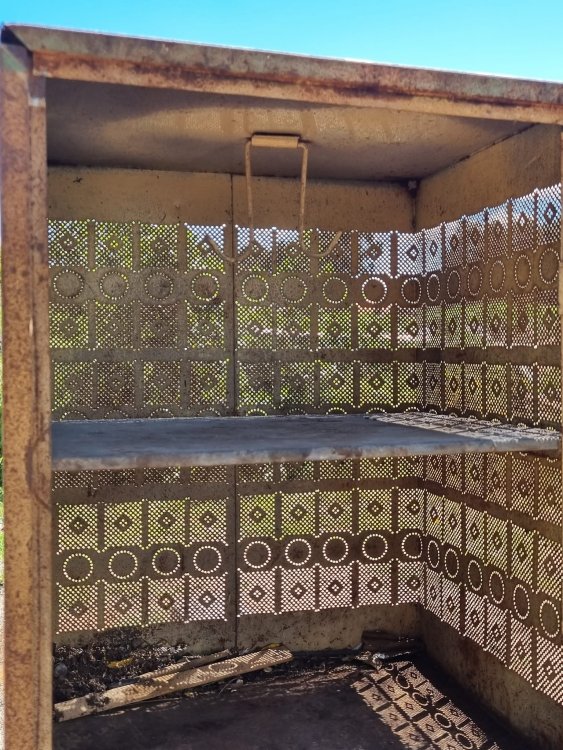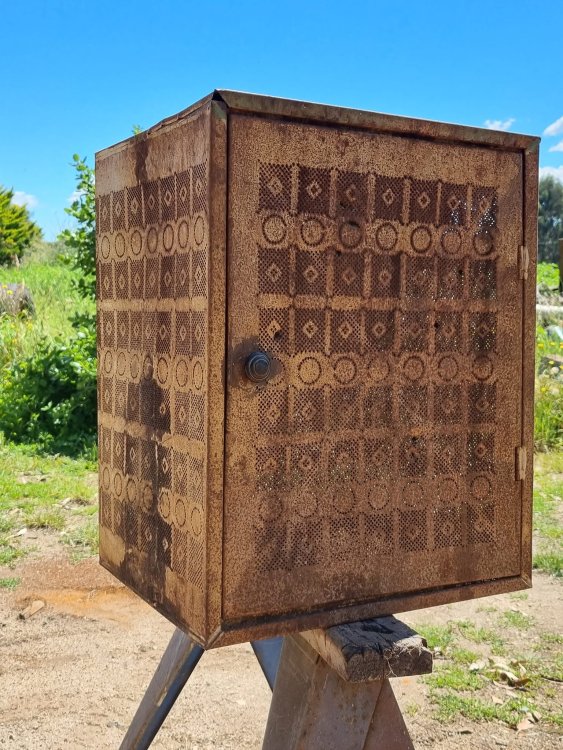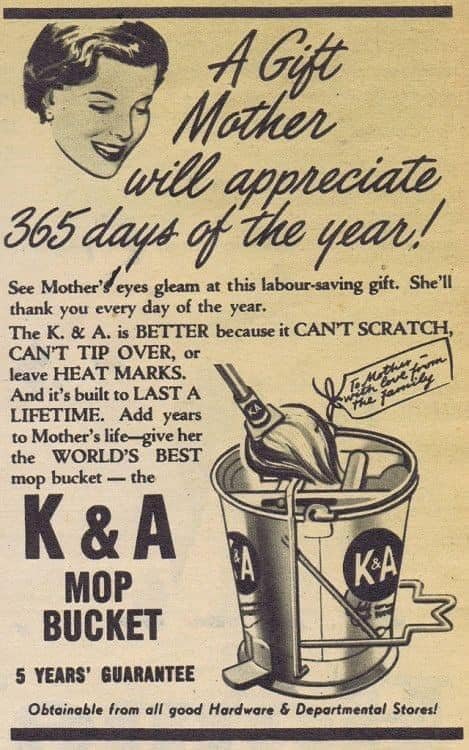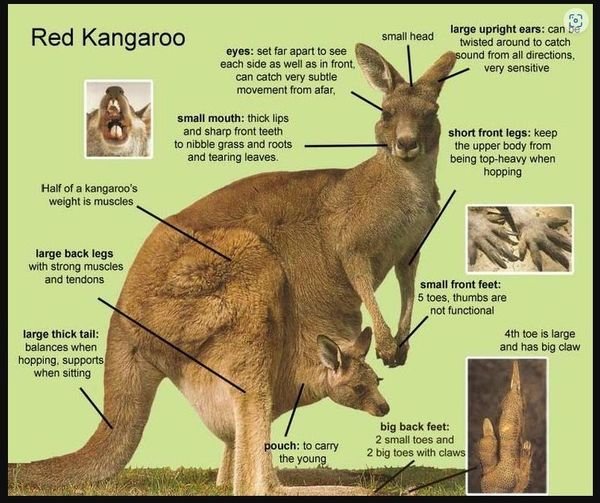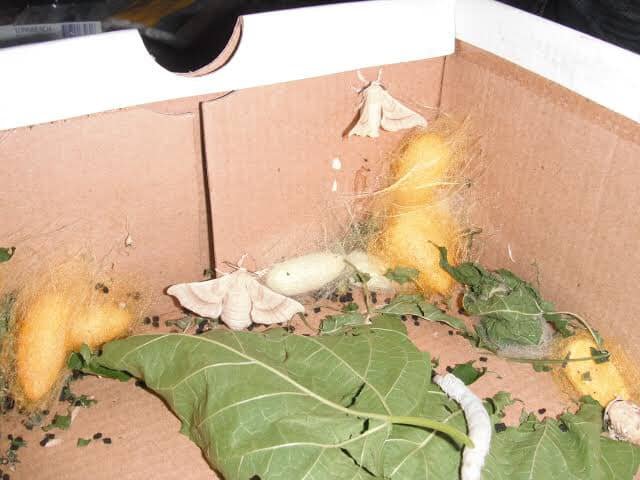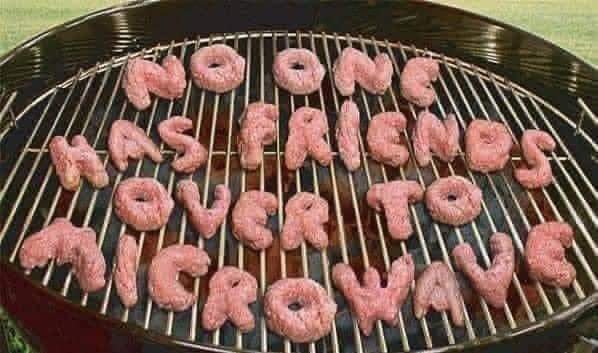-
Posts
10,999 -
Joined
-
Last visited
-
Days Won
87
Content Type
Profiles
Forums
Events
Everything posted by Buckshot Bear
-
-
Flowers last less than a week.... That bucket is good 365 days for years and years
-
I suppose something I didn't think about and what makes meat safes more Aussie centric is that in Canada and the U.S having meat hanging in a meat safe would have been a dangerous thing as it would have been a bear attractant?
-
I remember how HUGE a thing these were when I was at school, teachers must have had cupboard full of confiscated ones -
-
-
-
If they gave everyone on death row unlimited access to these.....they wouldn't have to do anymore executions
-
-
-
-
-
Ok it seems like meat safes were an Aussie thing - https://www.google.com/search?sca_esv=54f857b3f8be4b8c&sxsrf=ACQVn09E03uz1vgnMJ_thBQlZFEw7kbfCw:1706754620675&q=meat+safe&tbm=isch&source=lnms&prmd=isvnmbtz&sa=X&ved=2ahUKEwio64i3jImEAxVvkVYBHdoDCEAQ0pQJegQIDRAB&biw=1912&bih=942
-
And when fridge's did arrive, how did we survive with freezers this small? And even the one below is bigger than some I remember up in the corner of the fridge -
-
-
-
-
-
-
-
-
-
-
-
-
That was a great movie, watched it again not all that long ago.
